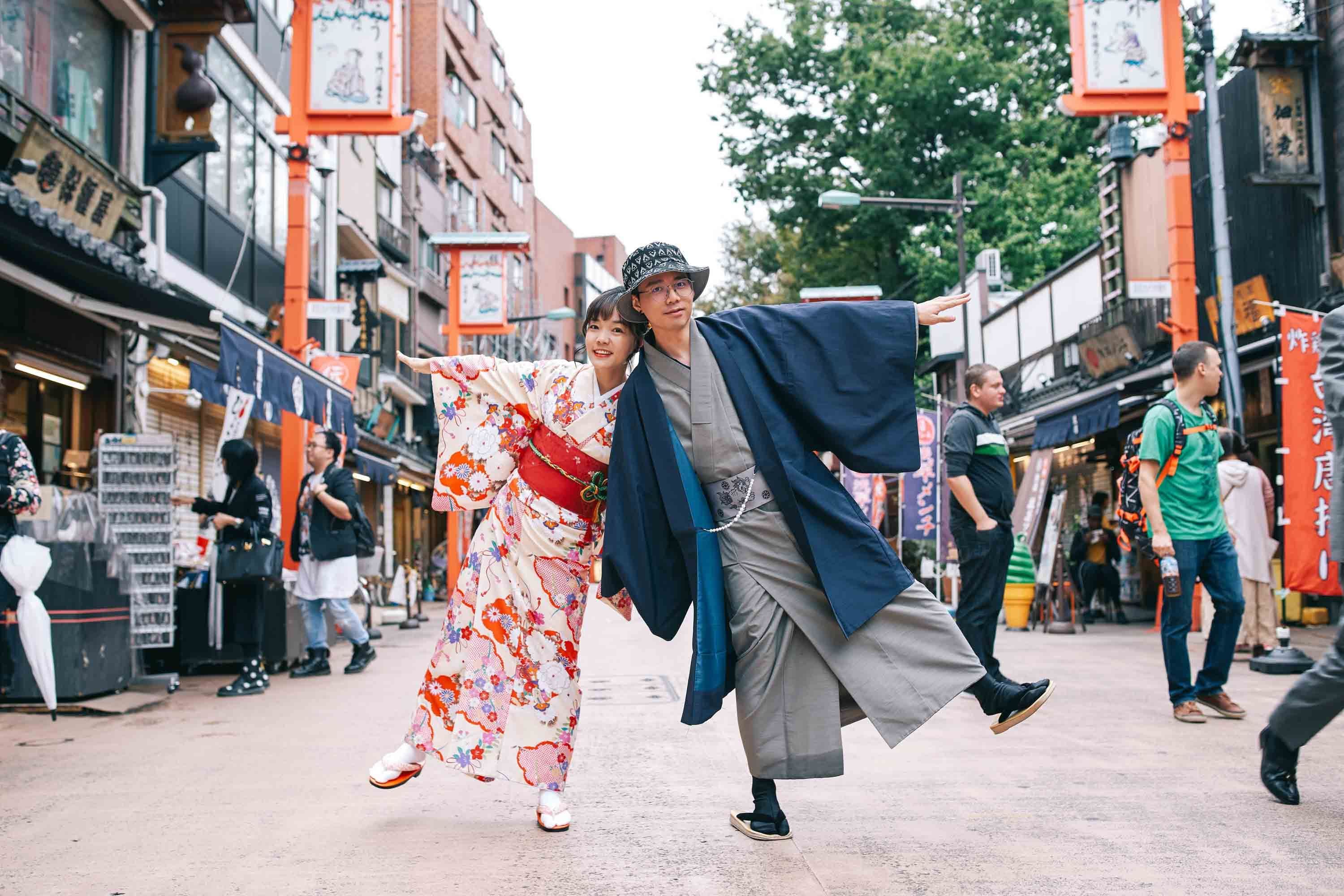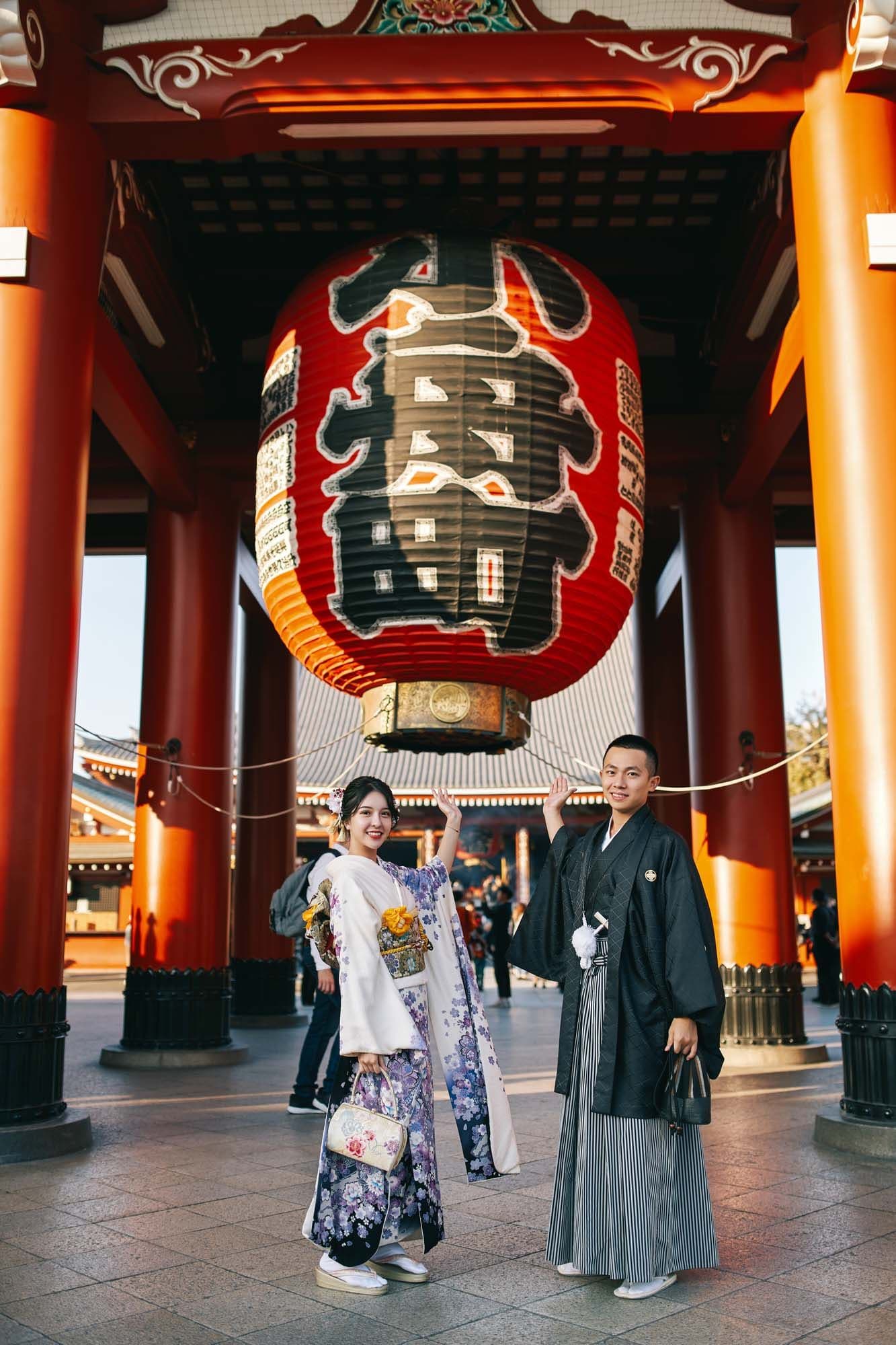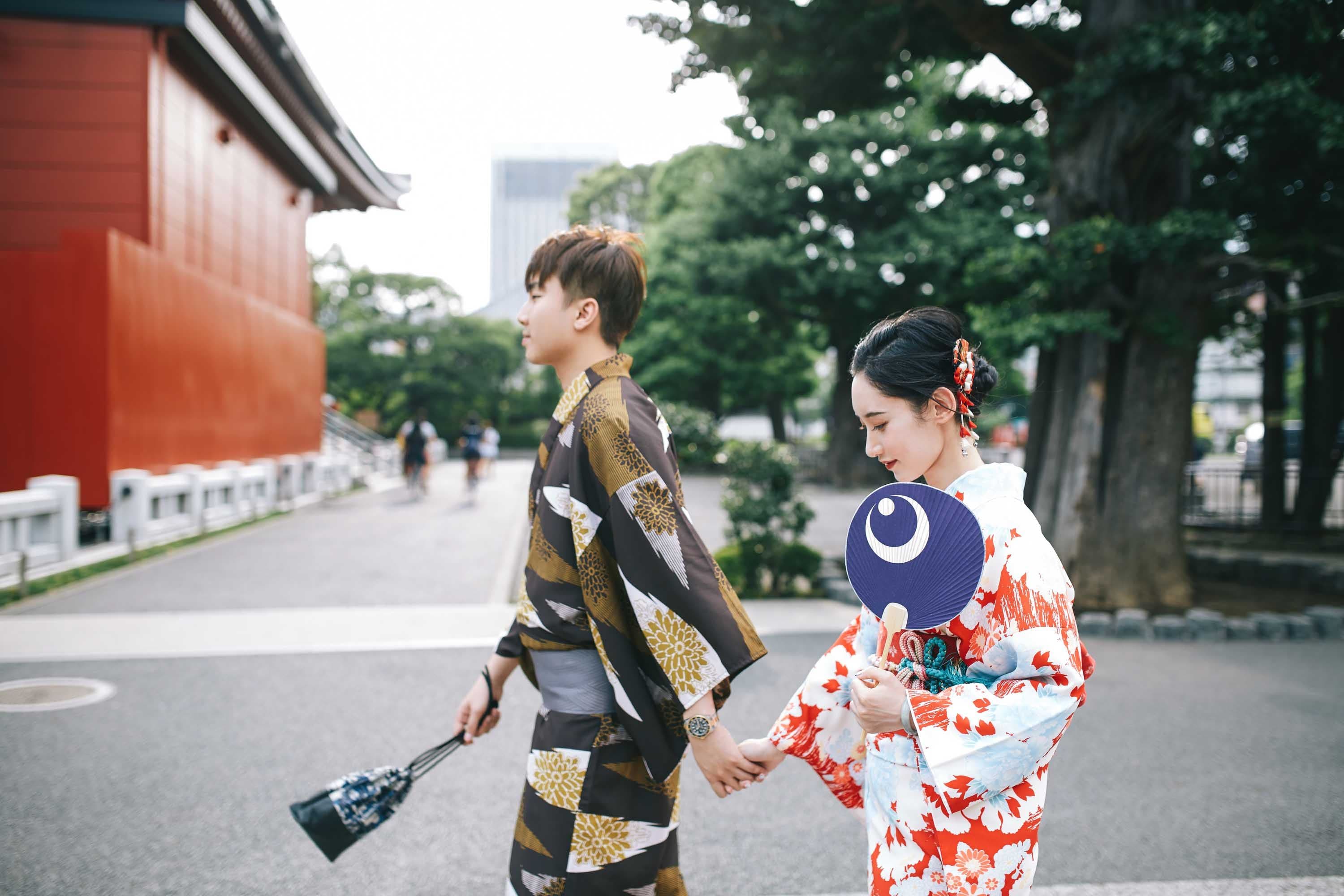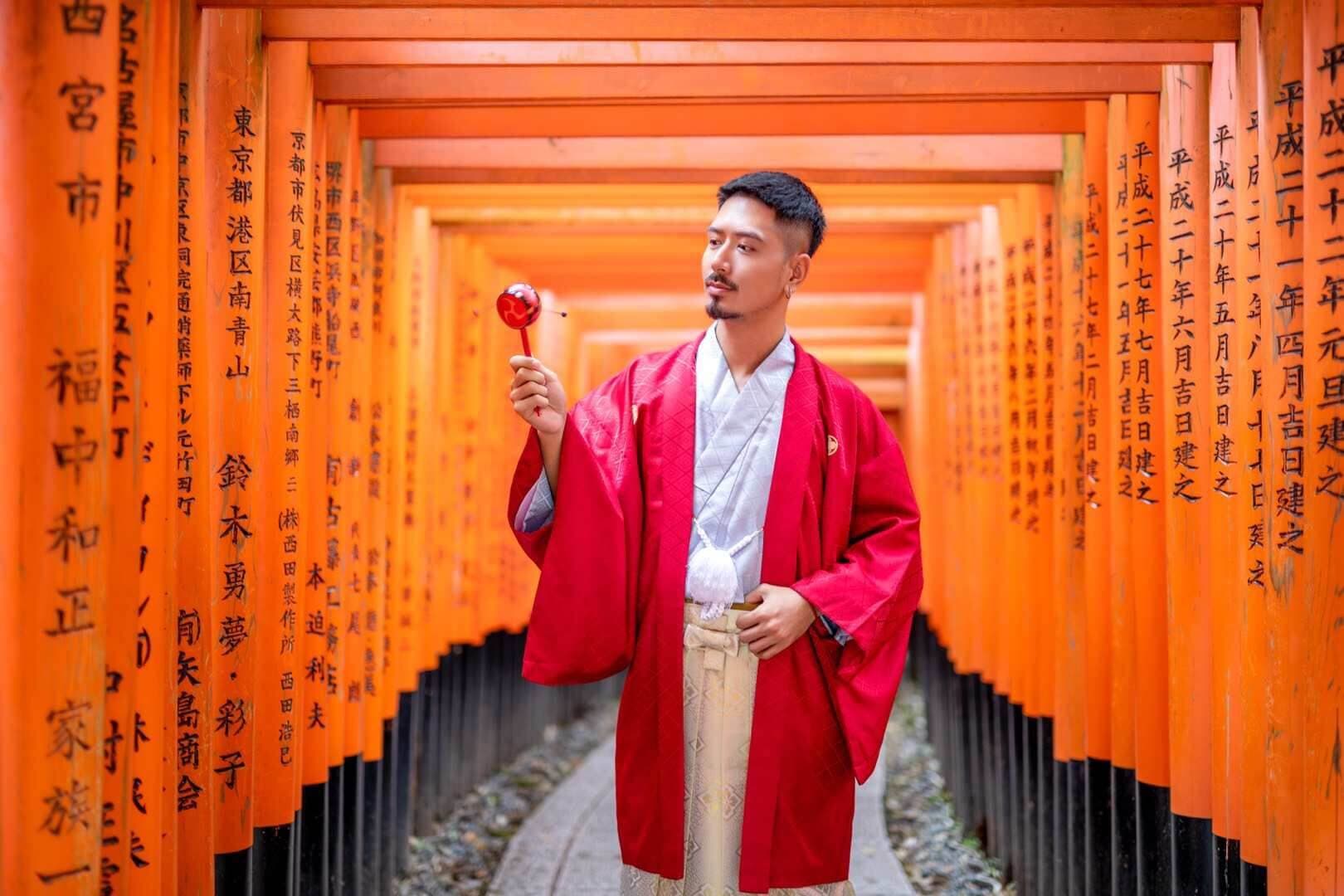Lead
To truly wear a gorgeous kimono, proper dressing is essential. If your dressing is loose, it can appear sloppy and ruin the kimono’s beauty. With proper techniques, your kimono will remain intact and elegant even while you’re on the move.
1. How to Wear a Nagajuban (Under-Kimono)
- Step 1: Put on the Nagajuban
Begin by donning the nagajuban (the undergarment worn beneath the kimono). Drape it over your shoulders and align the left and right collar edges. Then, bring together the lower and upper fronts so that they envelop your chest. - Step 2: Adjust the Back Collar
Once you’ve pulled out about the width of your palm from the back collar (the "imon"), secure it by tying an Itajime (a binding method) at your right side to remove any wrinkles or slack. Ensure that the hem of the nagajuban is slightly longer than that of the kimono.
2. Aligning the Kimono
- Step 1: Wear the Kimono
Put on the kimono and slip both arms through the sleeves. Grasp the lower one‑third of the collar with both hands. - Step 2: Adjust the Hem
Lift the fabric covering your lower body so that the hem nearly brushes the floor—take care to keep it parallel to the floor. - Step 3: Position the Upper Front
Adjust the upper front (uwagi) so that the left side seam aligns with your body’s center. Once aligned, spread the upper front gently, adjust the lower front (shitagi) accordingly, and lift the front edge (tsumasaki) by about 7–8 cm. - Step 4: Overlap and Final Adjustment
Once the positions are set, overlap the upper front over the lower front, then lift the front edge an additional 3–4 cm so that the hem reaches just above your insteps. - Step 5: Tie the Obi (Sash)
While tying the obi, hold its center with your right hand, place it against your right side, wrap it around your back to cross, and tie it firmly (since it may loosen later, tie it a bit tighter). Fold any excess fabric neatly over the tied portion.
3. Refining the Folds and Collar
- Step 1: Tidy the Folds
Insert your hands into the side openings (mi-yattsuguchi) to smooth down the front fold, letting it hang evenly. Then, similarly, adjust the back fold into a neat square shape—double-check that the obi isn’t caught in between. - Step 2: Adjust the Collar
To refine the kimono’s collar and secure the Itajime, first align both hanging collars straight so that the center of your back is even. Then, following the collar of the nagajuban, adjust the lower front collar. - Step 3: Use the Korin Belt
Insert the Korin belt through the left side opening, sandwiching the lower collar. Then, wrap the belt from the back toward the right side while aligning the lower edge of the upper collar downward. - Step 4: Gather the Wrinkles
Smooth out any wrinkles on your back by drawing them toward your sides. Finally, tie the Itajime over the waist area, pulling down any slack around the chest to complete the dressing.
4. Tying the Obi and Obiage
- Step 1: Tie the Obi
Choose your preferred style (such as Ichijūdaitako, Nijuūdaitako, or Ginza Knot) and tie the obi accordingly. - Step 2: Secure the Obiage
To tie the obiage, wrap it from your back around to the front, ensuring both sides are of equal length. Fold each side neatly and tie a knot. Then, fold the lower part of the string parallel to the obi to form a loop, and thread the loose end through the loop. Finally, tuck in the knot and the ends between the kimono and the obi to finish the look. - Step 3: Tie the Obijime
Wrap the obijime over the obi, adjust both ends to equal length, and tie a knot. Then, flip the end that appears on top to create a loop similar to a finishing knot. Bring the other end from below, pass it through the loop, and tie neatly.
Afterward, inspect the overall appearance to ensure there are no wrinkles or misalignments—once everything is in order, your kimono dressing is complete.
5. Conclusion
Although kimono dressing might seem challenging at first, with practice, anyone can achieve a beautiful and proper look. The key is to follow the steps precisely and maintain good posture—slouching or uneven standing can detract from the overall elegance. Stand straight and confidently, and take your time to dress carefully. In no time, you’ll be able to dress in a kimono all by yourself.





















